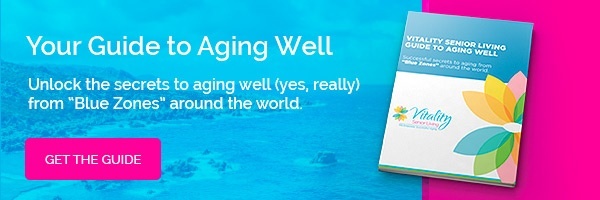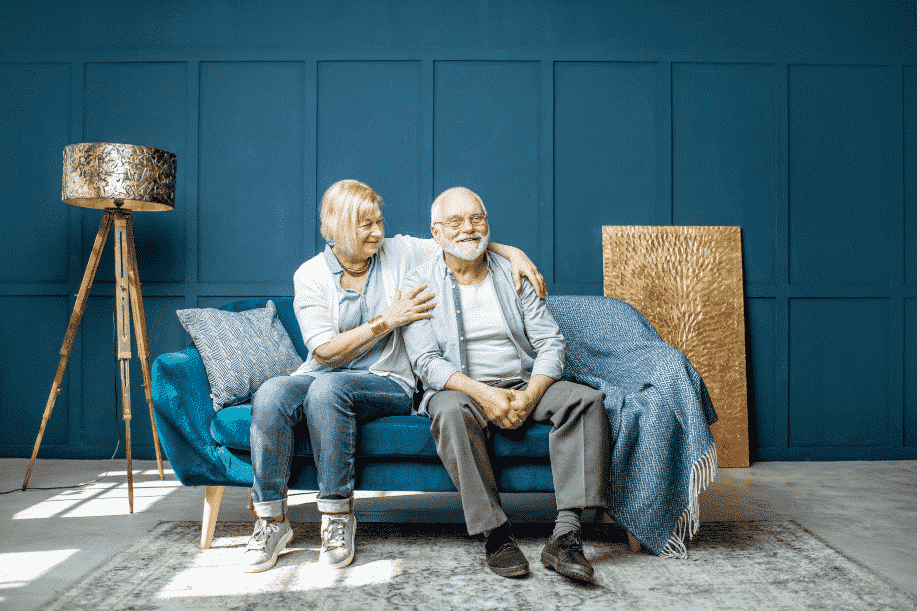The world’s oldest living person, Kane Tanaka, recently celebrated her 117th birthday. What’s even more amazing is that by 2050, there could be over 3.7 million people who are 100 or more years old. What’s their secret? Let’s find out.
Takeaways From Kane Tanaka
Tanaka was born in Japan on January 2, 1903. She was actually born prematurely and considered lucky to survive her first birthday. She married at the age of 19, and during World War II Tanaka took a greater role in her husband’s family store while he served. Both her husband and eldest son died during the war and Tanaka continued on at the store until she retired at the age of 63. At age 103, she was diagnosed with colon cancer but survived.
Today, Tanaka still lives in Japan and remains in good health. She wakes up at 6 a.m., spends her afternoon studying mathematics and also loves the board game Othello; regularly besting the staff at her nursing home. She says the secrets to her longevity are family, sleep and hope. Speaking of, Tanaka hopes to live to at least the age of 120.
Lessons from Other Centenarians
A United Healthcare survey of 100 centenarians found these lifestyle traits:
Family First – 97 percent said family is important and almost half said they would rather spend time with family than anyone else.
A Positive Attitude – 61 percent of these centenarians view themselves as being very positive and consider it a key to staying healthy.
Regular Exercise – Nearly half walk or hike. About a third exercise to strengthen muscles or for stress relief, while 24 percent participate in cardiovascular exercise indoors, and 23 percent garden to stay active.
For more information on incorporating the Blue Zones approach in senior living, check out our Successful Secrets to Aging Guide!

Blue Zones® Research Agrees
Blue Zones® are places around the world where people live longer, specifically into their 100s. Locations include:
- Sardinia, Italy
- Okanawa, Japan
- Loma Linda, California, United States
- Ikaria, Greece
- Nicoya, Coast Rica
Research in these places has found lifestyle traits similar to the ones listed above from both Tanaka and the United Healthcare survey. Known as the Power 9®, Blue Zones traits include:
- Move Naturally – Staying physically fit by incorporating natural movement into daily life such as gardening, biking, walking, hiking and swimming.
- Purpose – Blue Zones researchers say having purpose can add up to seven years to your life expectancy.
- Down Shift – Creating a daily routine to help destress. Okinawans take time each day to remember ancestors, Adventists pray, Ikarians nap and Sardinians have happy hour.
- Hara Hachi Bu – Known as the 80% rule, stop eating before you feel full. This gap between when you are no longer hungry to when you feel full helps you maintain a healthy weight.
- Plant Slant – Eating a primarily plant-based diet with beans, vegetables, fruits, nuts and whole grains as the core.
- Wine @ 5 – Drinking alcohol in moderation regularly. Blue Zones research shows those who do outlive peers who don’t drink at all.
- Belong – Participating in a faith-based community of some kind. Research shows attending faith-based services four times per month can add four to 14 years of life expectancy.
- Loved Ones First – Prioritizing family in all decision making. In Blue Zones, aging parents and grandparents are nearby and parents invest in their children with time and love.
- Right Tribe – Making sure you have a social circle that includes healthy-minded and supportive people to increase longevity.
Incorporating the Lessons Into Your Life
These lessons may sound like great ideas, but, realistically, how can you do them all? You’re in luck, because senior living communities are designed with many of these traits in mind. For example, our Vibrant Living Program makes it easy to stay active, independent and socially connected with monthly calendars filled with clubs, classes, events and outings, along with amenities such as pools, fitness centers, restaurant-style dining and housekeeping and laundry services. It’s the convenient and carefree lifestyle you’ve always wanted!
Source: bluezones.com



